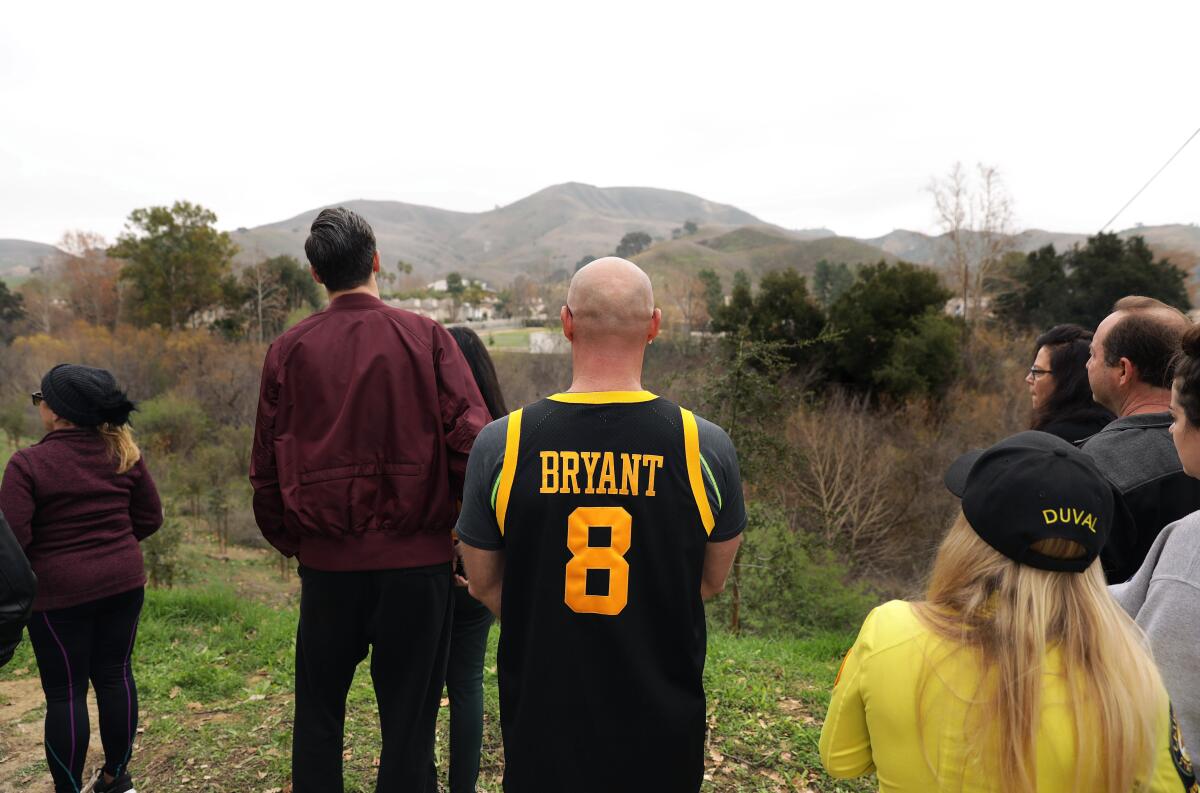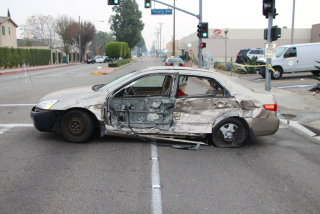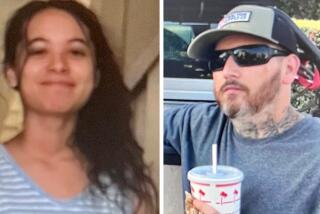Vanessa Bryant’s stunning legal victory exposes deeper problems in L.A. Sheriff’s Dept.

When questioned on the witness stand about the close-up photos he took with his cellphone of Kobe Bryant’s body and those of other victims killed in a 2020 helicopter crash, Los Angeles County Sheriff’s Deputy Doug Johnson said he was doing his job.
“I know I didn’t do anything wrong,” Johnson testified, adding that he’d do it all over again the same way.
Johnson’s testimony came during the trial in federal court brought by Vanessa Bryant and Chris Chester, who lost his wife and daughter in the crash. On Wednesday, jurors delivered Bryant and Chester a quick, resounding victory, ordering L.A. County to pay them $31 million for the distress sheriff’s deputies and firefighters caused by taking and sharing graphic photos of the crash that killed Bryant, his daughter Gianna, and seven others.
The certainty Johnson expressed in the righteousness of his actions put him in line with some higher-ranking sheriff’s officials who also testified, but at odds with others.
A captain who supervised Johnson at the time testified that only the National Transportation Safety Board, which investigates plane crashes, and the coroner’s office have legitimate reasons for taking photos of aircraft crashes. Sheriff Alex Villanueva had said the same thing in interviews with reporters after the crash, but walked back those comments under oath last week, saying Johnson’s photos had a purpose. Others tried to explain to the jury why photos were necessary.
The conflicting testimony highlights deficiencies in the Sheriff’s Department’s training and policies that led to confusion among first responders about how to handle such an incident.
In reaching its verdict, the jury on Thursday faulted the department for failing to adequately train deputies and implement policies that would have prevented such behavior and found there has been a long-standing problem of deputies sharing photos of bodies without reason.
The county Fire Department, jurors decided, also did not have sufficient training and policies.
“It’s not news that the Sheriff’s Department is dysfunctional in a bunch of ways that lead to misconduct because of the failure of management to properly supervise and control misconduct,” said Inspector General Max Huntsman, who was appointed by the Board of Supervisors to oversee the department. “Those findings are completely consistent with my experience on the Sheriff’s Department.”
Huntsman said his office has been trying to investigate gang-like groups of deputies who for decades have been accused of wielding control over department stations and glorifying an aggressive policing style.
In the past, Villanueva has downplayed the issue, saying problems associated with the groups are often the result of drunken deputies getting into fights. But the sheriff has also taken credit for addressing the problem with a policy that prohibits deputies from joining groups that promote behavior that violates the rights of others. Observers say that gives mixed signals to lower-ranking employees.
“We don’t see appropriate handling of problems at the management level which then leads to lawless and inappropriate conduct by people below the management level,” Huntsman said.
Those concerns and others also prompted the California attorney general early last year to launch a probe to determine whether the Sheriff’s Department has engaged in a pattern or practice of unconstitutional policing. The investigation is ongoing.
The massive verdict in the photo-sharing trial underscores the huge taxpayer toll of deputy misconduct. In fiscal year 2020-21, L.A. County paid a total of nearly $60 million to resolve lawsuits and other legal claims against the department.
In the photo sharing case, Johnson was asked if it ever occurred to him that it was inappropriate to store close-ups of human remains on his personal cellphone.
“No, sir,” he replied. Then he was asked if he considered that it might be against policy. “No sir,” Johnson said. “It was common practice.”
Johnson testified that another deputy, Raul Versales, had asked him to take and send the photos to the command post. Versales testified that he never made that request. Versales, who has since been promoted to training officer, denied Johnson’s claim that the images included closeups of human remains.
Versales shared the images with Deputy Rafael Mejia, who testified during the trial that he sent the photos to two inexperienced deputies who were in training because he thought that they might have to write a report on the incident.
But neither deputy wrote a report. The photos weren’t booked into evidence. One of the trainees, Joey Cruz, ended up flashing the photos to a bartender while having a drink in Norwalk.
The Sheriff’s Department concluded that Mejia sent the photos to people who “had no need for them.” But he was never disciplined and is still charged with training new deputies.
“From the beginning, Vanessa Bryant has sought only accountability, but our legal system does not permit her to force better policies, more training or officer discipline,” Bryant’s attorney Luis Li said in a statement Thursday. “Those measures are the responsibility of the sheriff’s and fire departments — responsibilities that Mrs. Bryant’s efforts have exposed as woefully deficient, even giving amnesty to the wrongdoers.”
Li said that Bryant plans to donate proceeds from the judgment to a foundation named in her husband’s and daughter’s memory. The nonprofit Mamba and Mambacita Sports Foundation offers sports education to underserved athletes.
More to Read
Sign up for Essential California
The most important California stories and recommendations in your inbox every morning.
You may occasionally receive promotional content from the Los Angeles Times.











